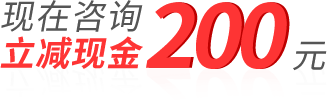2020年東京奧運(yùn)新會(huì)徽落定,最終選擇了方案A,也就是由藝術(shù)家野老朝雄(Asao Tokolo)設(shè)計(jì)的“組市松紋”方案。野老朝雄1969年出生于東京,1992年畢業(yè)于東京造型大學(xué)建筑設(shè)計(jì)科系,后又獲英國建筑協(xié)會(huì)學(xué)院(AA School, UK)碩士,創(chuàng)立有 Tokolo.com 工作室,并兼任武藏野大學(xué)的講師。
野老朝雄在藝術(shù)、建筑和設(shè)計(jì)領(lǐng)域相當(dāng)活躍,他2001年開始了「Tokolo Pattern」圖樣設(shè)計(jì),利用簡單的原理和工具設(shè)計(jì)出圖樣,并將這些原理運(yùn)用在建筑、產(chǎn)品等的立體制作上。以單純的幾何圖形為原點(diǎn),呈現(xiàn)出豐富的令人意想不到的圖樣。
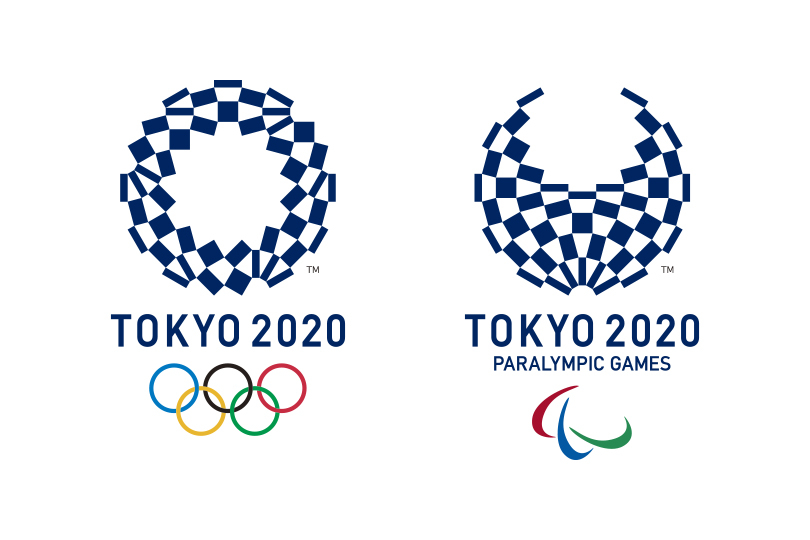
2020年東京奧運(yùn)新會(huì)徽釋意:
組市松紋Harmonized chequered emblem
Chequered patterns have been popular in many countries around the world throughout history. In Japan, the chequered pattern became formally known as “ichimatsu moyo” in the Edo period (1603-1867), and this chequered design in the traditional Japanese colour of indigo blue expresses a refined elegance and sophistication that exemplifies Japan.
Composed of three varieties of rectangular shapes, the design represents different countries, cultures and ways of thinking. It incorporates the message of “unity in diversity”. It also expresses that the Olympic and Paralympic Games seek to promote diversity as a platform to connect the world.
組市松紋在世界很多國家都很受歡迎。在日本,組市松紋以江戶時(shí)代(1603-1867)的“ichimatsu moyo市松模樣” 廣為人知,而這個(gè)以日本傳統(tǒng)的靛青色來設(shè)計(jì)的格仔表現(xiàn)了日本的精致和優(yōu)雅。由三種不同的長方形組成,該設(shè)計(jì)表現(xiàn)不同的國家,文化和思維方式。它采用了“unity in diversity和而不同”的信息。它也同時(shí)表現(xiàn)了奧林匹克運(yùn)動(dòng)會(huì)和殘奧會(huì)希望以推廣多樣性做為一個(gè)聯(lián)結(jié)世界的平臺(tái)。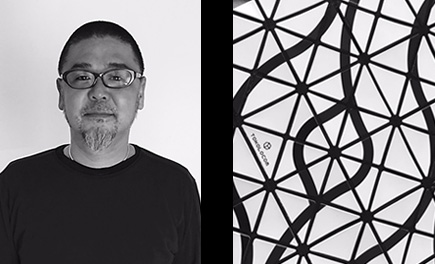





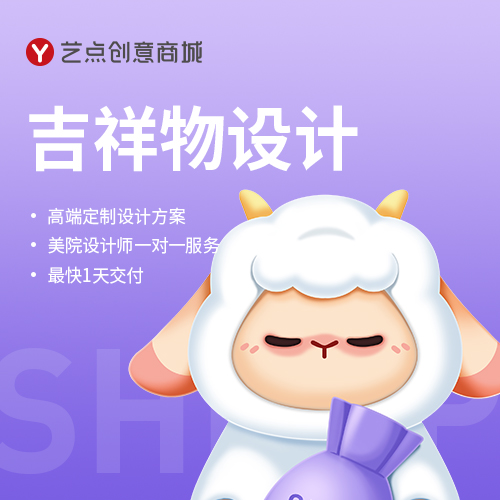
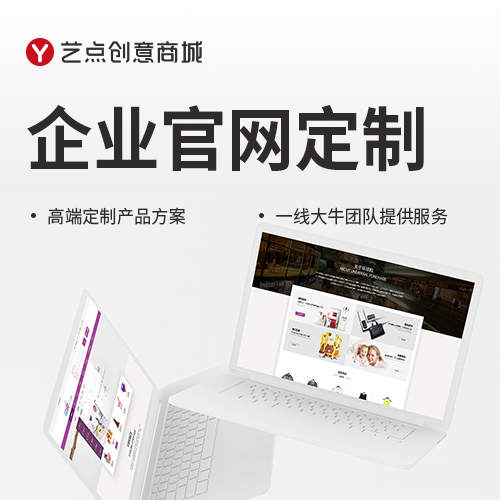
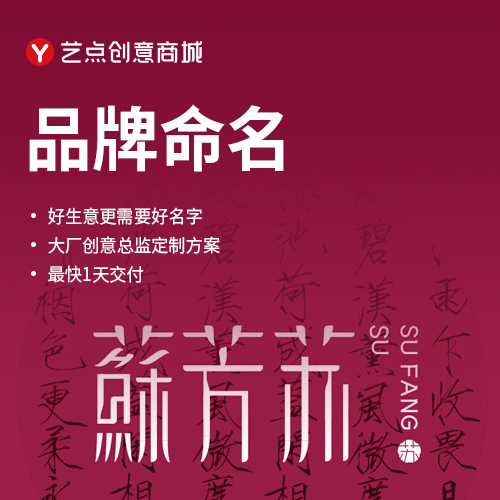

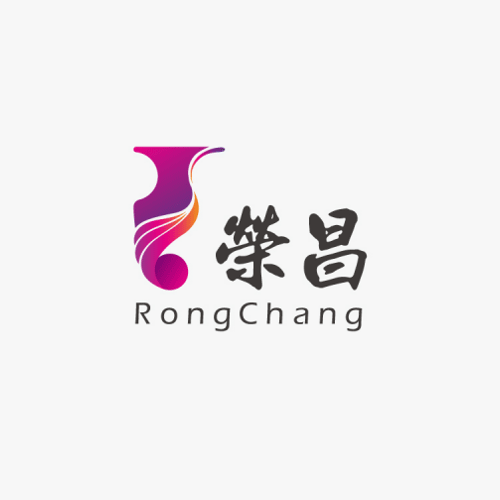
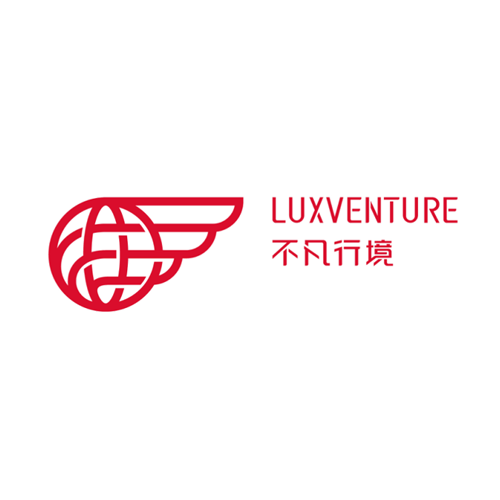
 6823
6823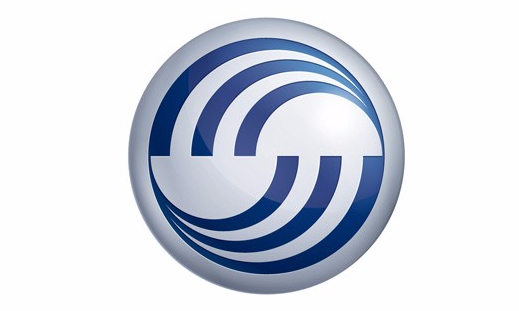



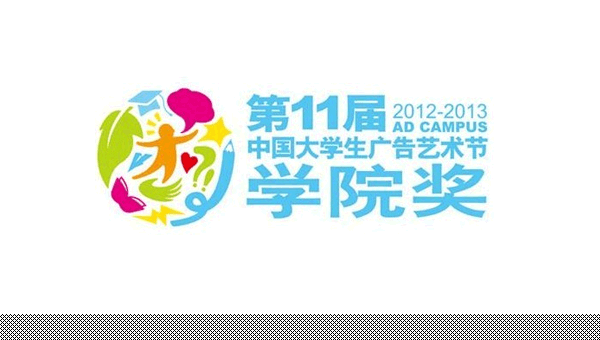



 津公網(wǎng)安備12011102001606
津公網(wǎng)安備12011102001606

